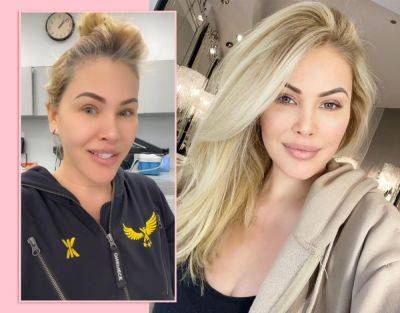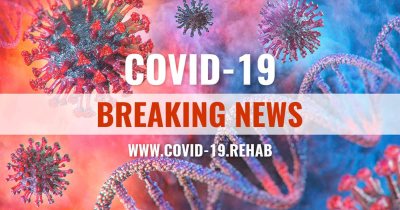ADHD, Autism, and Neurodivergence Are Coming Into Focus
Our study and understanding of neurodevelopmental disorders is rapidly changing. We’ve seen an explosion of awareness of ADHD and autism, and greater respect for all the ways in which human brains vary (hence the emergence of the term “neurodivergence”).
Undeniably, it is an exciting time to be a part of the field.At the same time, the medical community has its work cut out for it.
We’ve barely begun to scratch the surface on ADHD and autism — conditions with strikingly similar traits and challenges that also happen to co-occur at significant rates.
We primarily understand these conditions in white males, and we have a long way to go to ensure that women, people of color, and gender-diverse individuals are represented in research and published findings.As our understanding of ADHD, autism, and neurodivergence evolves, I share my insights on where we are and where the field should be headed.My first introduction to diagnosing and supporting ADHD and autism wasn’t until my pre-doctoral internship, after I had already spent four years in graduate school.
Read more on additudemag.com


















































